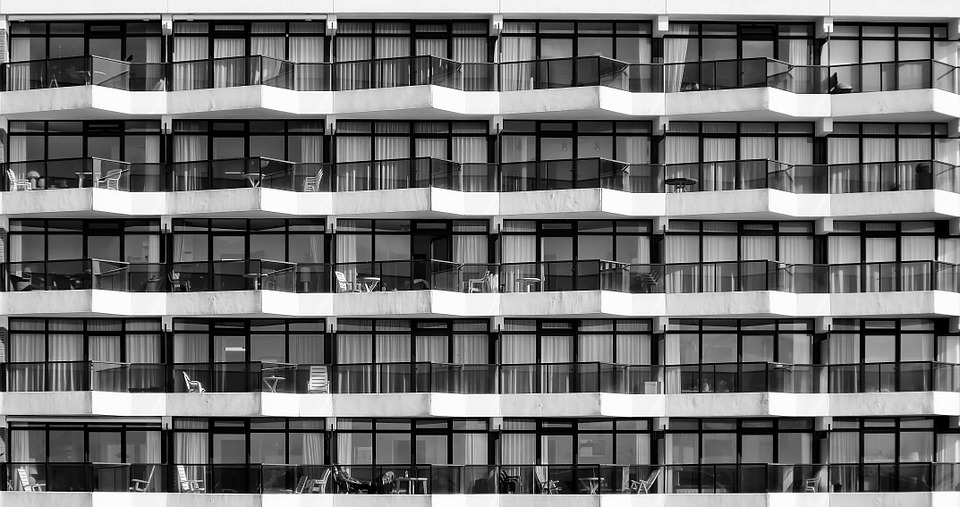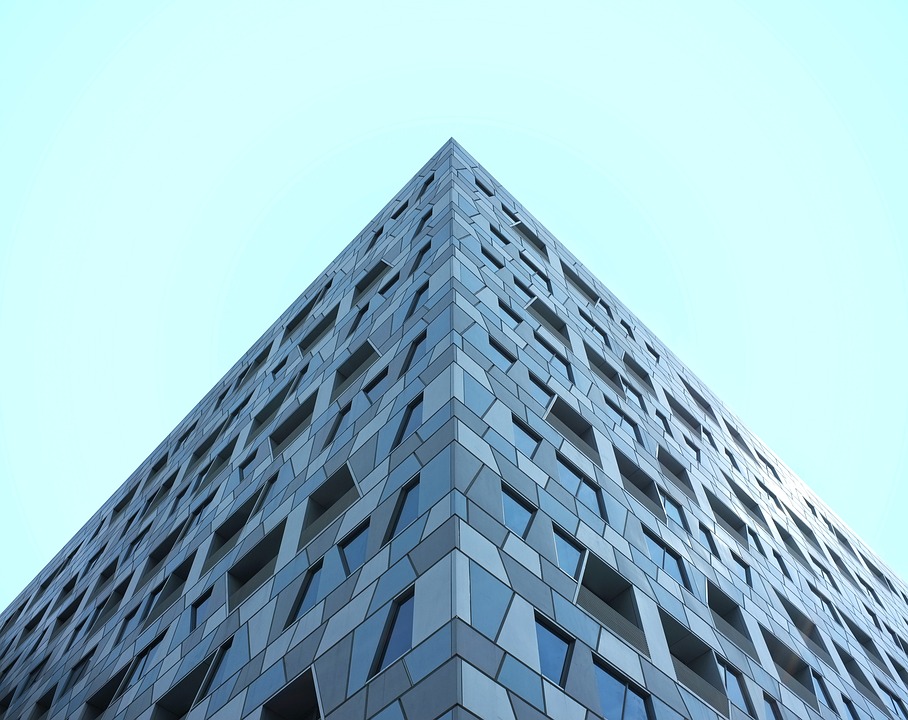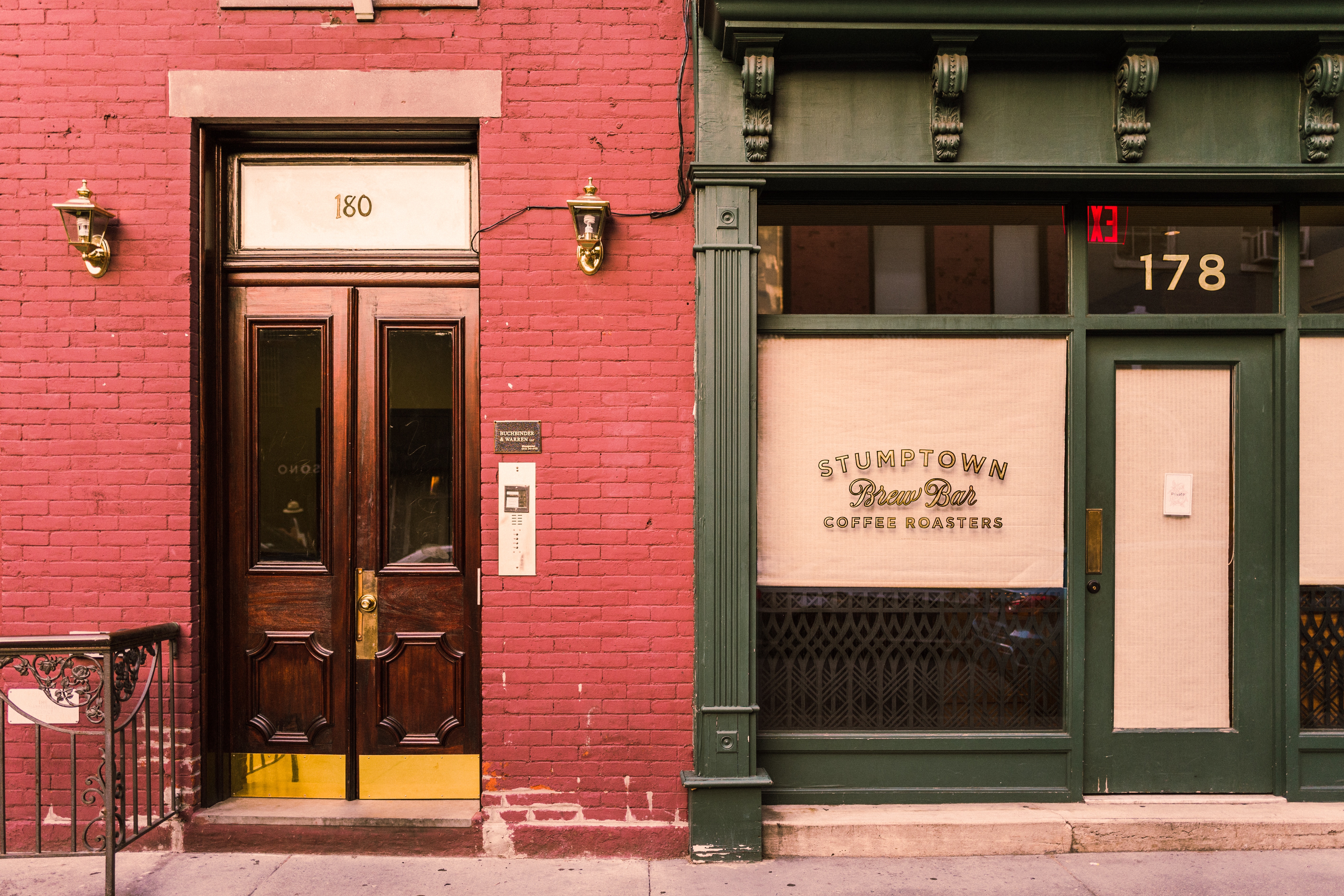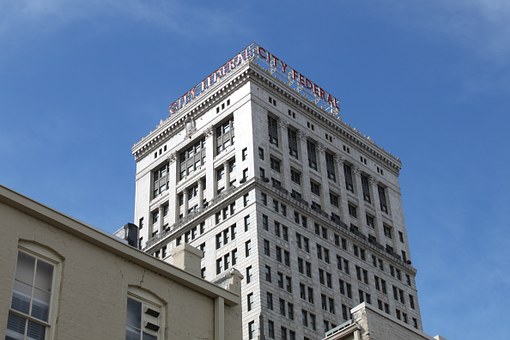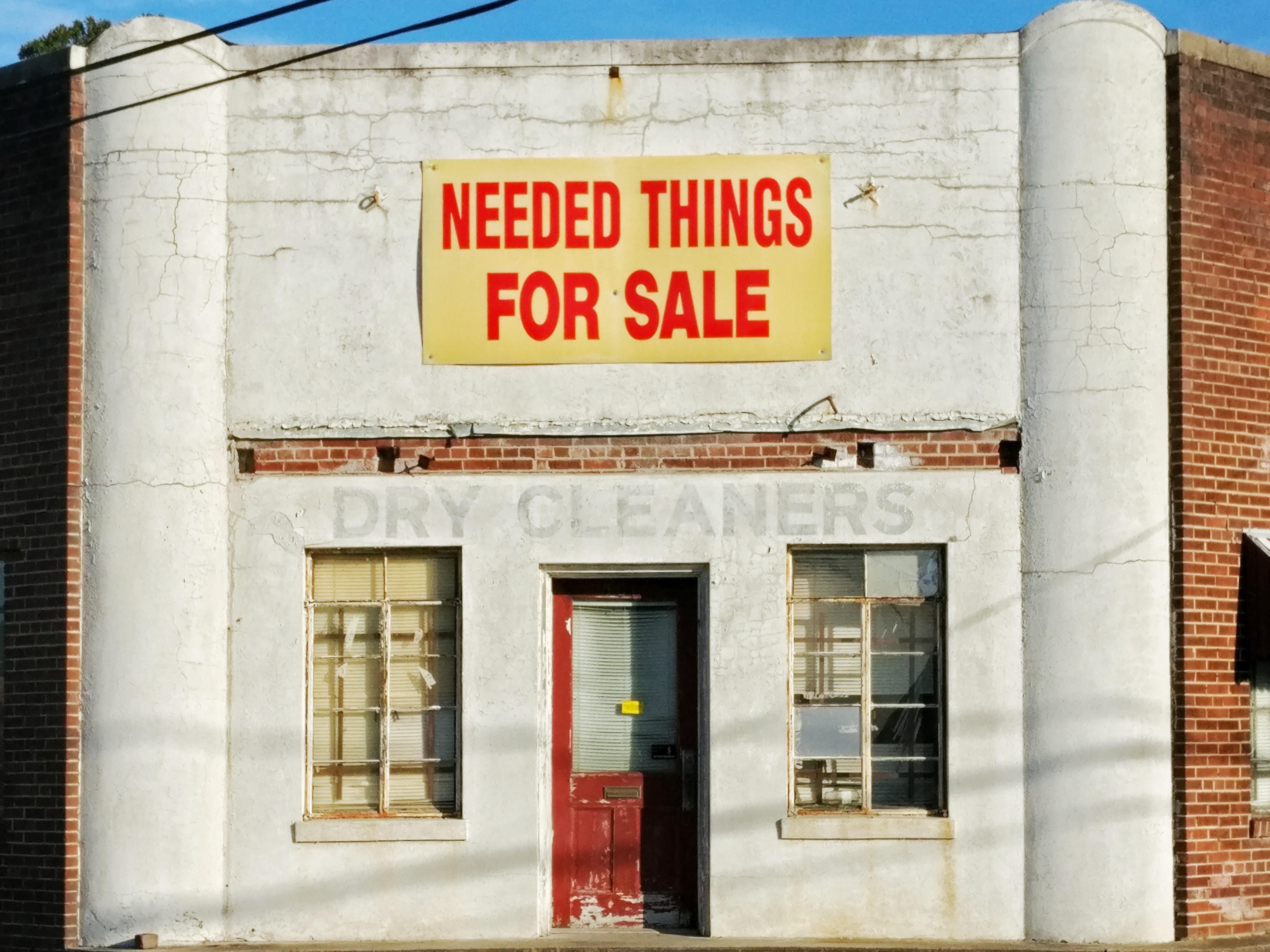Commercial Real Estate News for Friday, Dec. 9
Happy Friday! We hope you enjoy your weekend, but before you go, take a look at these three articles on commercial real estate, The Growing Impact of Wireless Accessibility on Property Values Less bars, means less deals. Poor wireless connectivity is a growing reason behind some commercial property’s high tenant turnover rate. This article lays … Read more

